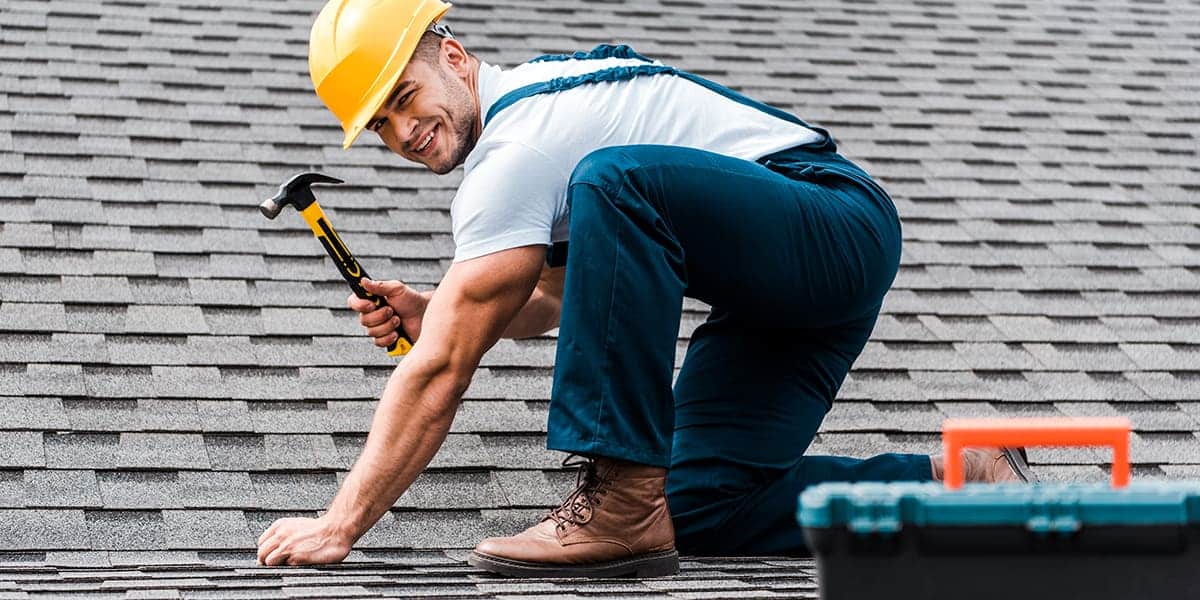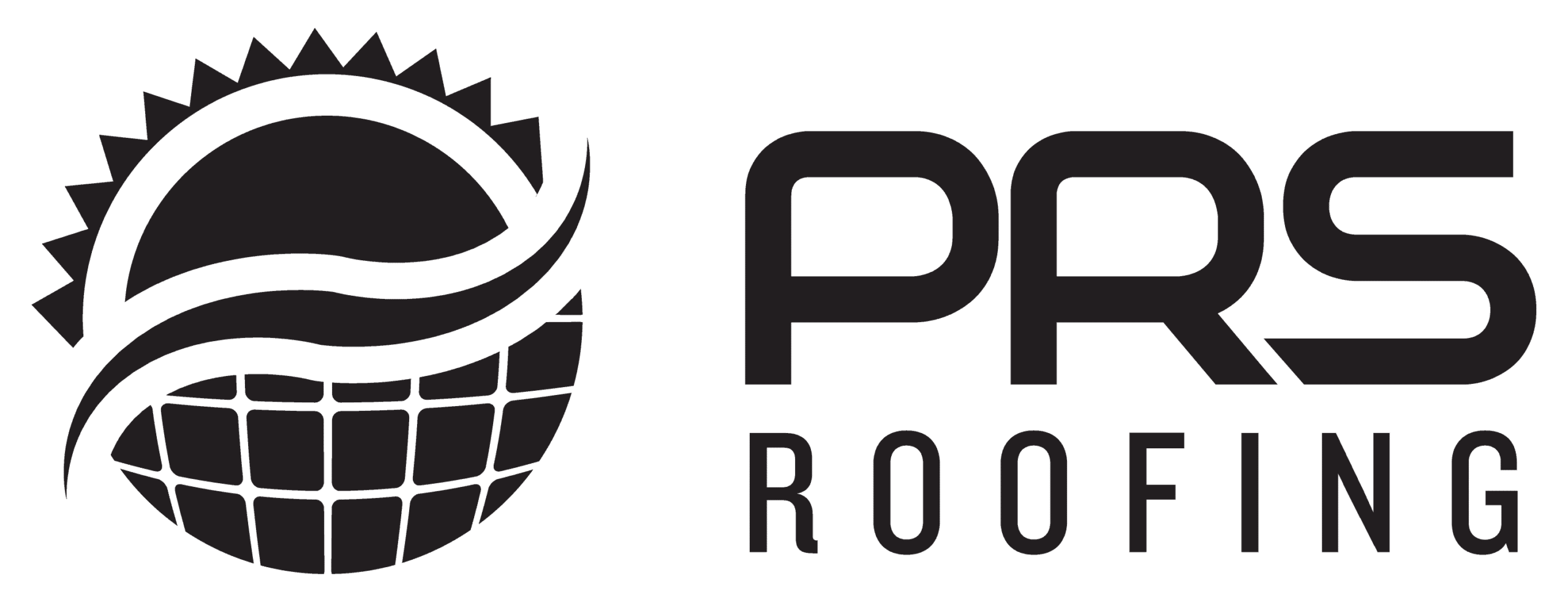Table of Contents
- Introduction
- Weather-Related Factors That Damage Your Roof
- 2.1 Sun Exposure
- 2.2 Rain and Water Damage
- 2.3 Wind Damage
- 2.4 Hail and Storm Impact
- Environmental Factors That Damage Your Roof
- 3.1 Overhanging Trees and Debris
- 3.2 Algae, Moss, and Mold
- 3.3 Pests and Animals
- Structural and Installation Issues
- 4.1 Poor Installation Practices
- 4.2 Lack of Maintenance
- 4.3 Inadequate Ventilation
- Material-Specific Factors That Damage Your Roof
- 5.1 Asphalt Shingles
- 5.2 Metal Roofs
- 5.3 Flat Roofs
- How to Protect Your Roof from Damage
- FAQs
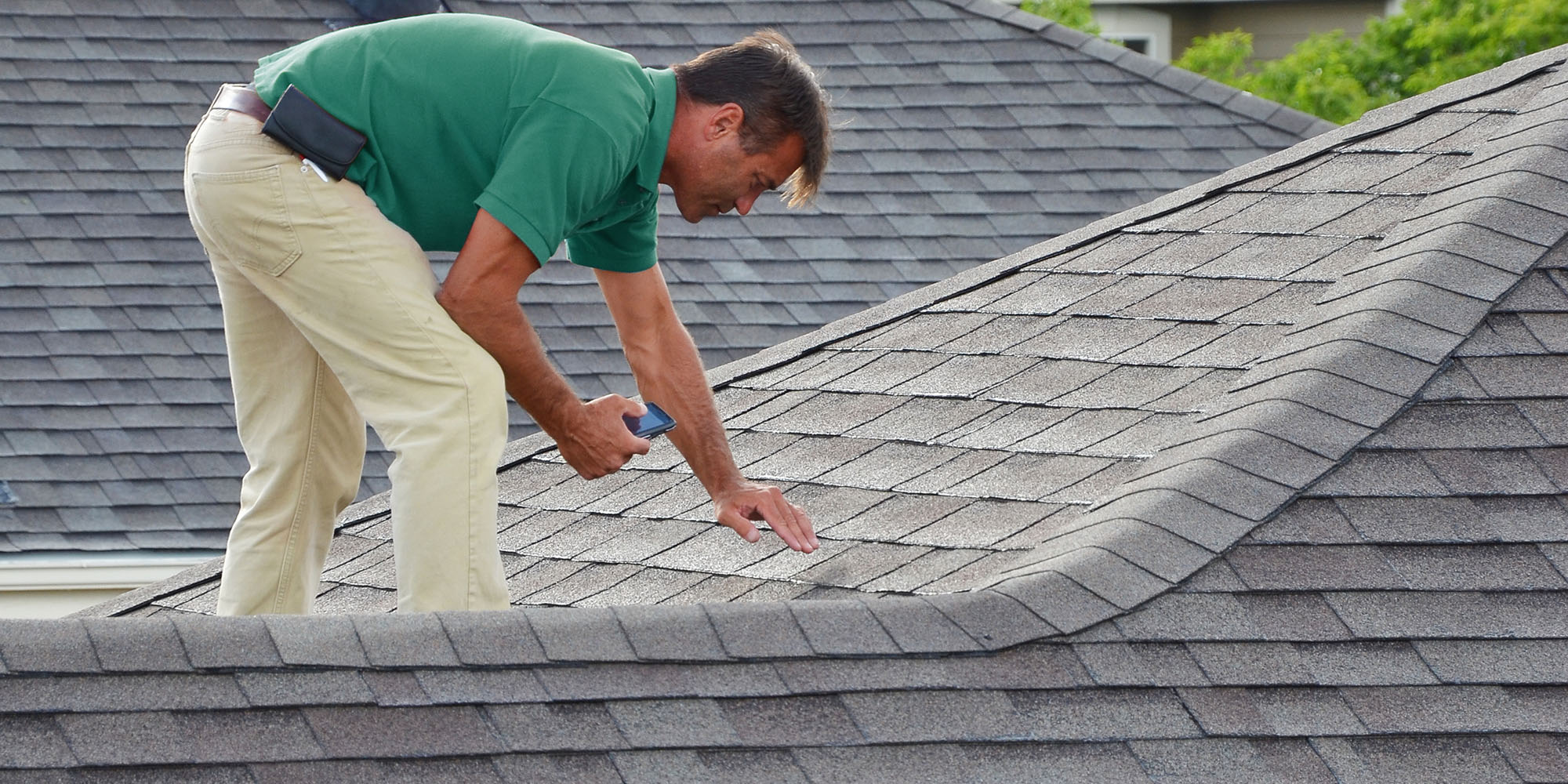
1. Introduction
Your roof is one of the most crucial parts of your home, acting as a shield against the elements and helping to maintain the structural integrity of your house. However, various factors can damage your roof over time, leading to costly repairs or even the need for a full replacement. Understanding these factors is key to prolonging the life of your roof and protecting your home.
In this comprehensive guide, we’ll explore the top factors that damage your roof over time, providing insights into how you can mitigate these issues and maintain a strong, durable roof for years to come.
2. Weather-Related Factors That Damage Your Roof
2.1 Sun Exposure
The relentless sun can cause significant damage to your roof over time. UV rays break down roofing materials, leading to fading, cracking, and loss of protective oils in shingles, particularly asphalt shingles. This process, known as photodegradation, weakens the material, making it more susceptible to other forms of damage.
To mitigate sun damage, consider installing reflective roofing materials or applying UV-resistant coatings. These can help reduce the impact of the sun’s rays, prolonging the life of your roof.
2.2 Rain and Water Damage
Water is one of the most persistent threats to your roof. Rainwater can seep into small cracks and crevices, leading to leaks, rot, and structural damage. Over time, water damage can compromise the integrity of the roof deck, requiring extensive repairs.
To prevent water damage:
- Ensure your roof has adequate drainage systems, like gutters and downspouts.
- Regularly check for and repair any cracks or damaged shingles.
- Consider applying a waterproof sealant to vulnerable areas.
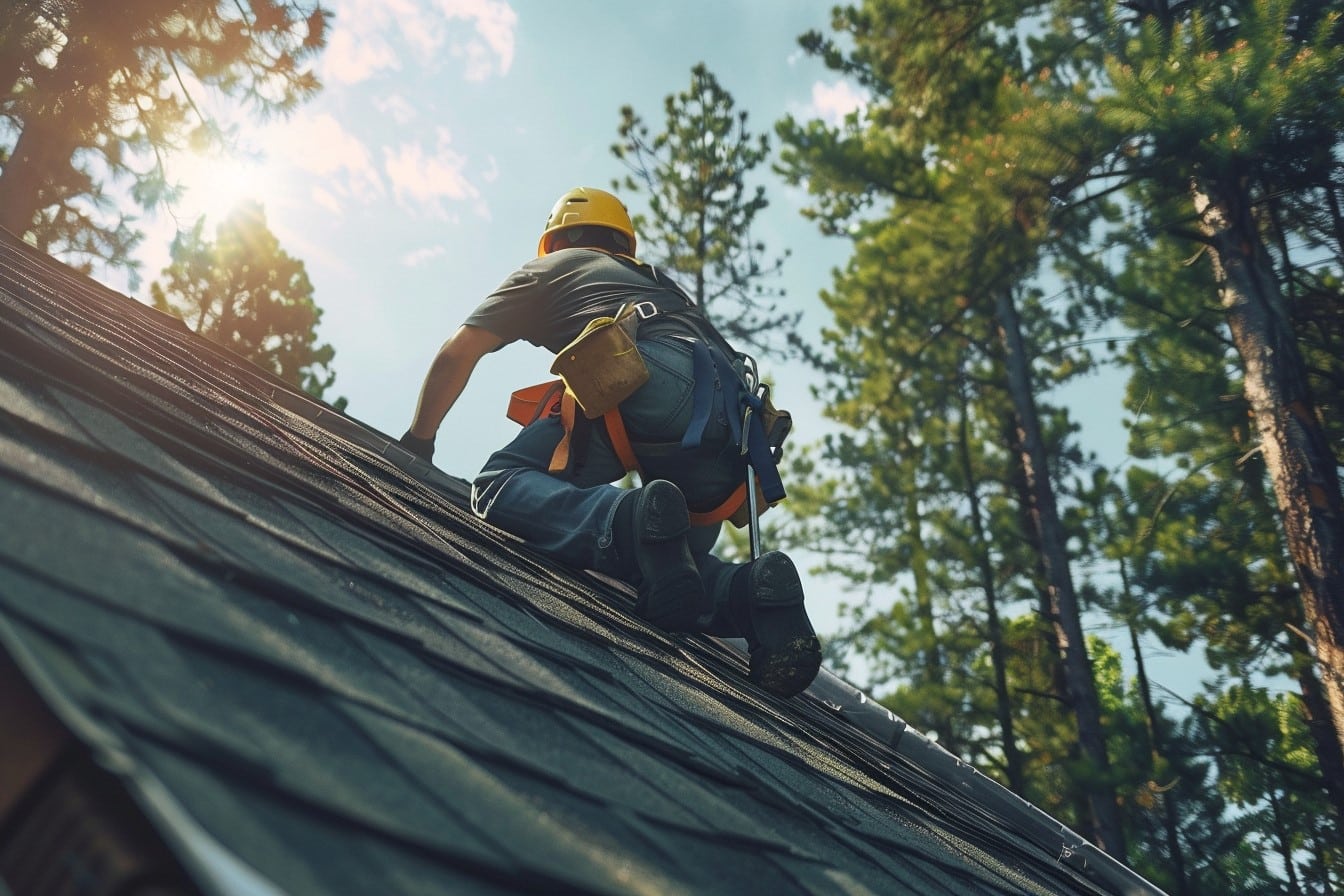
2.3 Wind Damage
Strong winds can cause various issues, from loosening shingles to lifting them entirely off the roof. Wind damage often occurs during storms, but even regular gusts can gradually wear down roofing materials, leading to gaps and potential leaks.
To protect your roof from wind damage:
- Use hurricane straps or other secure fasteners.
- Regularly inspect your roof after strong winds to catch early signs of damage.
- Consider impact-resistant roofing materials, especially if you live in a wind-prone area.
2.4 Hail and Storm Impact
Hailstorms can cause immediate and severe damage to your roof. The impact of hailstones can crack shingles, dent metal roofs, and even break tiles, leading to leaks and further deterioration.
To minimize hail damage:
- Choose hail-resistant roofing materials, like rubber or impact-resistant shingles.
- Inspect your roof after storms for signs of damage.
- Schedule regular roof inspections to catch any issues early.
3. Environmental Factors That Damage Your Roof
3.1 Overhanging Trees and Debris
Trees near your home can be both a blessing and a curse. While they provide shade, they can also contribute to roof damage. Overhanging branches can scratch and damage shingles, while fallen leaves and debris can clog gutters, leading to water buildup and leaks.
To protect your roof:
- Trim back any overhanging branches regularly.
- Clear your gutters and roof of debris frequently.
- Install gutter guards to prevent clogging.
3.2 Algae, Moss, and Mold
In humid climates, roofs can become breeding grounds for algae, moss, and mold. These organisms not only discolor your roof but can also lead to rot and decay by trapping moisture against the roofing material.
To prevent the growth of algae, moss, and mold:
- Clean your roof periodically with a moss and algae remover.
- Install zinc or copper strips to inhibit growth.
- Ensure your roof has proper ventilation to reduce moisture buildup.
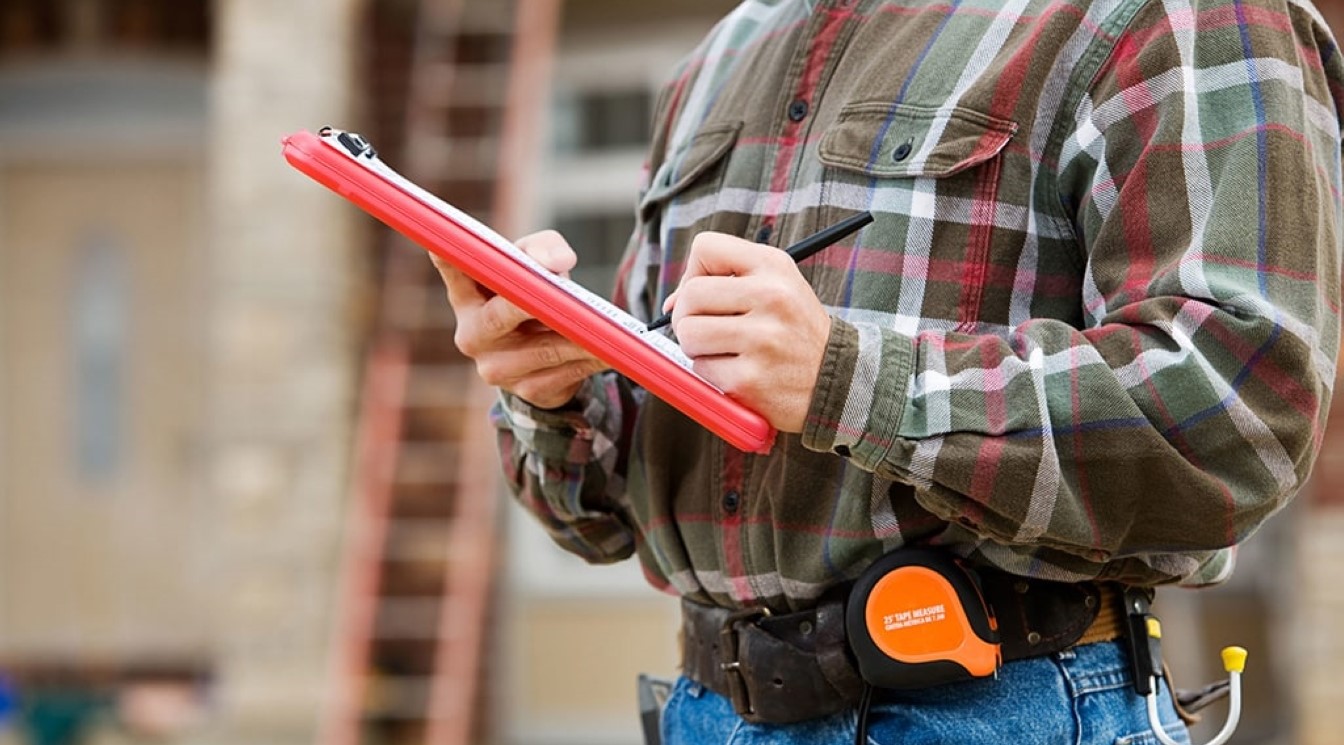
3.3 Pests and Animals
Animals and pests, such as birds, squirrels, and insects, can cause significant damage to your roof. They may nest in your gutters, chew through shingles, or even find their way into your attic, leading to further structural damage.
To prevent animal-related damage:
- Seal any potential entry points, such as gaps in the roof or around vents.
- Use pest repellents or deterrents to keep animals away.
- Regularly inspect your roof and attic for signs of infestation.
4. Structural and Installation Issues
4.1 Poor Installation Practices
A roof is only as good as its installation. Poor installation practices can lead to a host of problems, including leaks, improper drainage, and premature wear. If your roof wasn’t installed by professionals, you might face issues like misaligned shingles or inadequate sealing.
To ensure your roof is installed correctly:
- Hire a reputable roofing contractor with a proven track record.
- Ensure that your roof installation meets local building codes and standards.
- Opt for high-quality materials and skilled labor, even if it costs more upfront.
4.2 Lack of Maintenance
Even the best roofs require regular maintenance. Neglecting routine inspections and repairs can lead to small problems becoming significant issues. Over time, this lack of maintenance can shorten the lifespan of your roof and increase the likelihood of costly repairs.
To maintain your roof:
- Schedule annual roof inspections with a professional.
- Address any minor issues, such as loose shingles or small leaks, immediately.
- Keep your roof and gutters clean and free of debris.
4.3 Inadequate Ventilation
Proper ventilation is crucial for maintaining a healthy roof. Without it, heat and moisture can build up in the attic, leading to warped shingles, mold growth, and reduced insulation efficiency. Over time, this can cause significant damage to your roof and increase your energy costs.
To improve roof ventilation:
- Ensure your attic has adequate vents to allow for proper airflow.
- Consider installing ridge vents or soffit vents if your roof is poorly ventilated.
- Regularly check for and remove any blockages in your ventilation system.
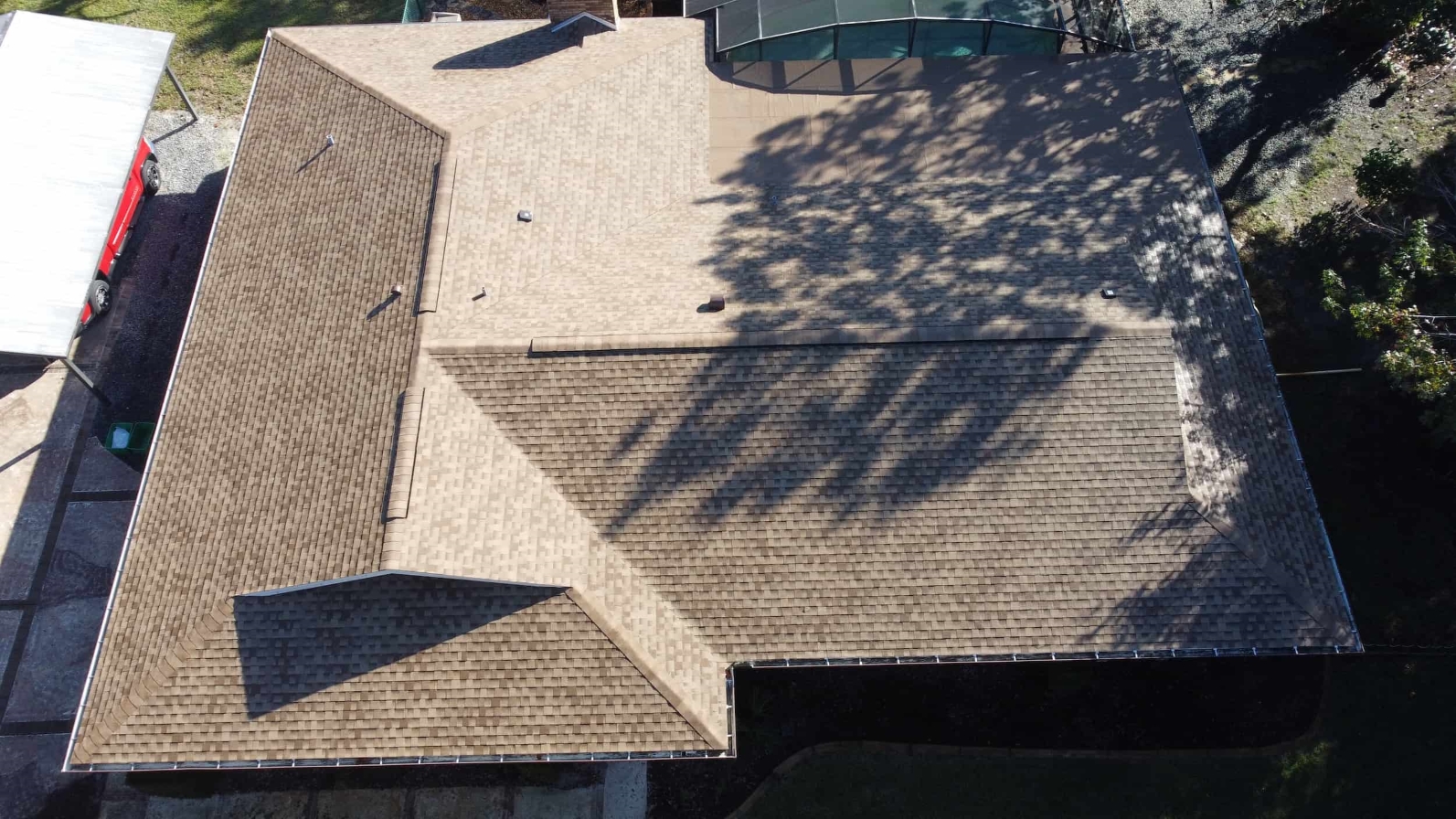
5. Material-Specific Factors That Damage Your Roof
5.1 Asphalt Shingles
Asphalt shingles are the most common roofing material, but they are also prone to specific types of damage. Over time, they can lose granules, curl, or crack, especially when exposed to extreme weather conditions.
To protect asphalt shingles:
- Apply a roof sealant to extend their lifespan.
- Choose high-quality shingles that offer better resistance to weather and UV rays.
- Regularly inspect and replace any damaged shingles.
5.2 Metal Roofs
Metal roofs are known for their durability, but they are not immune to damage. Rust, corrosion, and denting from hail or debris are common issues that can compromise a metal roof’s effectiveness.
To maintain a metal roof:
- Apply a protective coating to prevent rust and corrosion.
- Regularly inspect for and repair any dents or punctures.
- Ensure the roof is installed with appropriate fasteners to prevent leaks.
5.3 Flat Roofs
Flat roofs present unique challenges, particularly with drainage. Without a slope, water can pool on the surface, leading to leaks and structural damage over time. Additionally, flat roofs are more susceptible to damage from UV rays and temperature fluctuations.
To care for a flat roof:
- Ensure the roof has proper drainage systems to prevent water buildup.
- Apply reflective coatings to reduce heat absorption.
- Regularly inspect for and repair any cracks or punctures in the membrane.
6. How to Protect Your Roof from Damage
Protecting your roof from damage involves a combination of regular maintenance, quality materials, and professional care. Here are some actionable steps you can take:
- Schedule Regular Inspections: Have a professional inspect your roof at least once a year to catch potential issues early.
- Invest in Quality Materials: Choose durable, weather-resistant roofing materials that are suited to your climate.
- Perform Routine Maintenance: Clean your gutters, trim overhanging trees, and remove debris from your roof regularly.
- Address Issues Immediately: Don’t wait to fix small problems like loose shingles or minor leaks. Prompt repairs can prevent more significant damage.
By taking these steps, you can extend the life of your roof and avoid costly repairs or replacements.
7. FAQs
Q1: How often should I inspect my roof?
A: It’s recommended to inspect your roof at least once a year, ideally in the spring or fall. After major storms, you should also check for any visible damage.
Q2: What are the most common signs of roof damage?
A: Common signs include missing or damaged shingles, water stains on your ceiling, granules in your gutters, and visible sagging.
Q3: Can I repair roof damage myself?
A: While minor repairs like replacing a shingle can be DIY projects, it’s best to hire a professional for significant repairs or if you’re unsure of the problem’s extent.
Q4: What is the average lifespan of a roof?
A: The lifespan of a roof depends on the materials used. Asphalt shingles typically last 20-30 years, while metal roofs can last 50 years or more.
Q5: How can I make my roof more energy-efficient?
A: Consider adding insulation, using reflective roofing materials, and ensuring proper ventilation to improve your roof’s energy efficiency.
By understanding the factors that damage your roof and taking proactive steps to protect it, you can ensure that your roof remains strong, durable, and efficient for years to come. Remember, a well-maintained roof is not just about aesthetics; it’s a critical component of your home’s overall safety and value.
